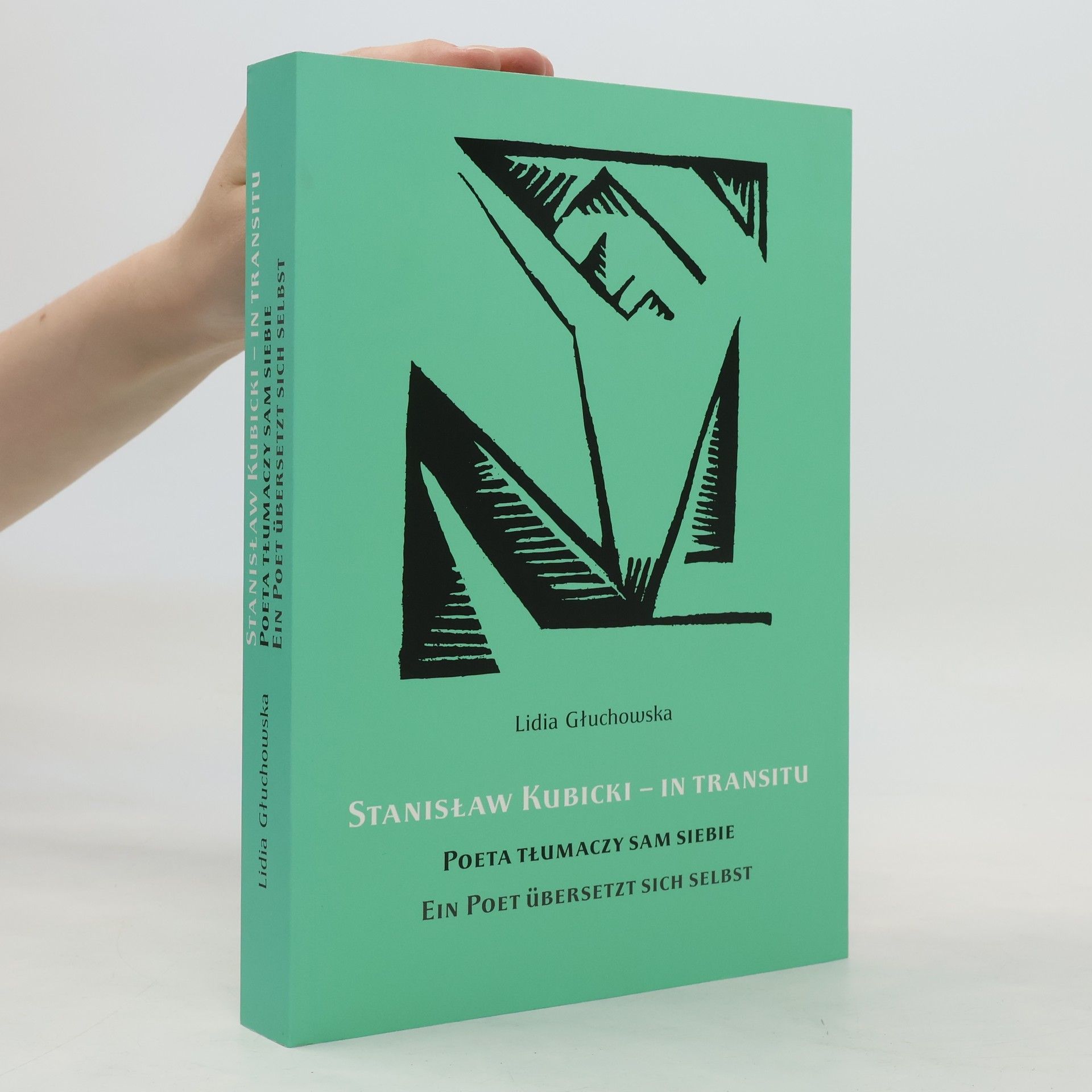"World War I was a seismic event in Europe whose most concrete ramifications were the sweeping changes made to maps of the continent after 1918. A number of new, independent states were established in the wake of the Armistice, and these tectonic developments found varied expression in the arts, transforming the image of the continent both cartographically and artistically. This new edited collection focuses primarily on how modernism and the avant-garde responded to these geographic changes in Central and Eastern Europe, the Baltic States, and Scandinavia. The contributors explore the clashes between the national, the transnational, and the cosmopolitan as they played out in diverse artistic genres. In many countries across Europe, the struggle for national independence--which in many cases began in the nineteenth century and culminated only after World War I--had important cultural and artistic consequences, which are only beginning to be understood. This book--copublished with Artefactum--provides a crucial new lens to rethink the methodological tools used to understand the complexity and the multiplicity of avant-garde forms in twentieth-century Europe, encouraging scholars to reconstruct global cultural history without tired nationalistic approaches."
Lidia Głuchowska Livres






Bunt, ekspresjonizm, transgraniczna awangarda
- 205pages
- 8 heures de lecture
Avantgarde und Liebe
- 524pages
- 19 heures de lecture
Margarete und Stanislaw Kubicki lebten und arbeiteten in Berlin, Köln und Poznan/Posen. Ihr Werk, zu dem sich das deutsch-polnische Künstlerpaar gegenseitig inspirierte, schlägt die Brücke zwischen der leuchtenden Farbigkeit Kandinskys, Kupkas und Delaunays und der strengen Konstruktion im Sinne von Mondrian und Malewitsch. Die nun vorliegende erste Monografie berührt gleich drei aktuelle Felder der Kunstgeschichte: die Beziehungen zwischen Deutschland und Osteuropa, die Problematik von Künstlerpaaren sowie das Verhältnis von Wort und Bild in der Avantgarde. Das Paar pflegte Kontakte zu internationalen Künstlerkreisen wie 'Der Sturm' und 'Die Aktion' und vermittelte so zwischen zwei Kulturen. Kubicki wurde als Mitglied des polnischen Widerstandes 1942 durch die Gestapo ermordet. Die Stärke des Buches liegt in der fundierten Quellenbasis, in der konsequenten Argumentation, leserfreundlichen Struktur und vielen erstmals veröffentlichten Reproduktionen. Es schließt eine Forschungslücke in der mittelosteuropäischen Kulturgeschichte des 20. Jahrhunderts und wurde 2005 vom Polnischen Kunsthistorikerverband ausgezeichnet.
